Measured supplies, half-strength armies: Why the Russia-Ukraine war shows no end And is there any hope?
On Thursday, August 28, the White House stated that neither Russia nor Ukraine is ready to end the war. German Chancellor Merz added that a meeting between Zelenskyy and Putin “obviously” will not take place. Militarily, both sides have long been stuck in a stalemate. Western supplies to Kyiv continue—but in measured doses: the front must not collapse, yet no decisive breakthrough is allowed. Russian operations, meanwhile, show neither momentum nor scale. For the third consecutive year, the conflict mirrors the darkest episodes of World War I, most notably the “Verdun meat grinder.” Yet paths out of this strategic deadlock exist.
Resources and manpower are still sufficient
Kyiv’s situation is difficult but stable. Recent months have shown that Europe remains willing to arm Ukraine.
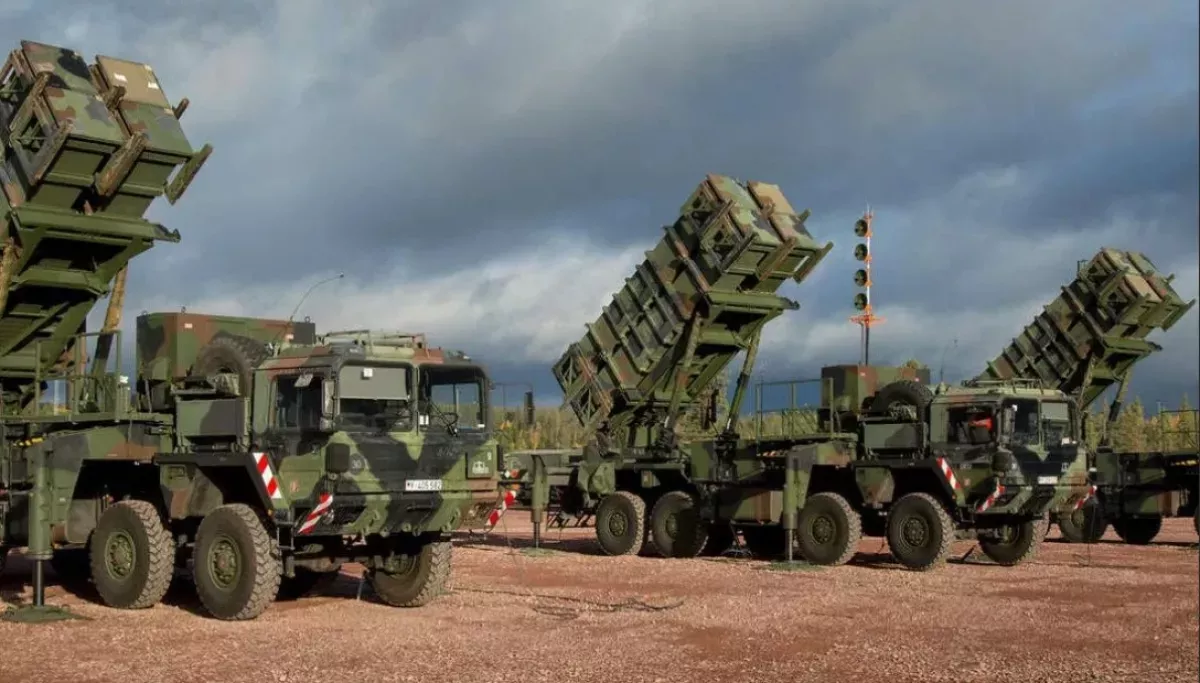
In the coming weeks, Ukraine is set to receive 3,350 U.S. ERAM long-range missiles. European nations have paid Washington $850 million, covering the majority of these missiles’ cost along with other weaponry in the latest American aid package. Previously, the U.S. and EU promised Kyiv 17 Patriot air and missile defence systems.
Norway, in coordination with the EU and NATO, has allocated $695 million for these Patriots. However, strict operational restrictions remain, and the systems appear likely to be “second-hand.”
Even Western media have stopped claiming these deliveries will decisively shift the war. Limited shipments do not create battlefield advantages, even in isolated sectors. Much of what has already arrived consists of older models with operational restrictions. While these new deliveries will not provide Ukraine with a strategic edge, they will sustain the front.
An army is also about people. Russian media highlight that Kyiv is running low on soldiers. This is partly true, but the solution is clear: conscription of younger age groups and the return of hundreds of thousands of draft dodgers who fled to Western countries. This requires only a political decision by the EU to support mobilisation. Growing pressure on Ukrainians in Poland and Germany—home to the majority of refugees—suggests Kyiv could indeed receive help in forming a new army.
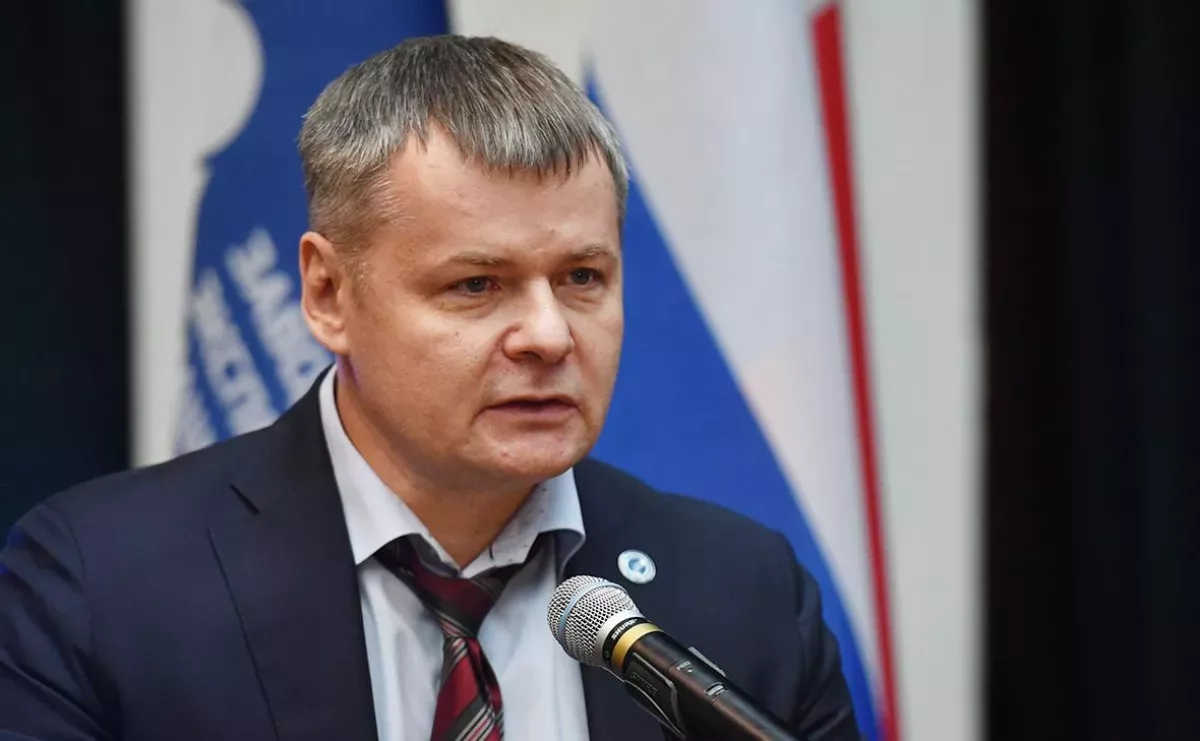
Russia, too, has the capacity to continue the war in its current format. The conflict strains its resources, but primarily over the long term. On Tuesday, August 26, Igor Maltsev, CEO of the Rocket and Space Corporation (RSC) Energia, warned of a critical situation at the corporation that once developed key Soviet spacecraft.
The decline began after the invasion of Ukraine, when the government cut fundamental spending deemed “unnecessary” for immediate military needs. Fighting Ukrainians, the Kremlin concluded, can proceed without space programs. Victims of this policy include not only space projects but also certain military programs not directly linked to the war.
For instance, in July, 70% of the Khabarovsk shipyard staff were decided to be laid off. Once the war began, the enterprise lost orders, effectively ending the operations of Russia’s largest shipbuilding facility outside the European part of the country.
These failures are absent from Russian TV, which touts “exponential” growth in UAV and armoured vehicle production compared to NATO, while remaining silent on the closure of promising projects. While these shortcomings will eventually impact Russia, the country remains capable of continuing the campaign for several more years.
A sea of blood conceals the lack of strategic progress
Despite strikes on cities and critical infrastructure, neither side is fighting at full capacity. Russian operations in the north are limited, focusing on a small section of the front—most recently in Donetsk. Bloody assaults like Bakhmut are misleading: thousands of lives are lost for a few kilometres of territory with no strategic value.
Eleven years after the secret intervention began and three years into the full-scale invasion, even Donetsk Oblast is not fully under Russian control. Shelling continues even in occupied areas, including Donetsk. The Russian authorities cannot provide the city with safe water: Ukrainian forces severed supply channels in 2022.
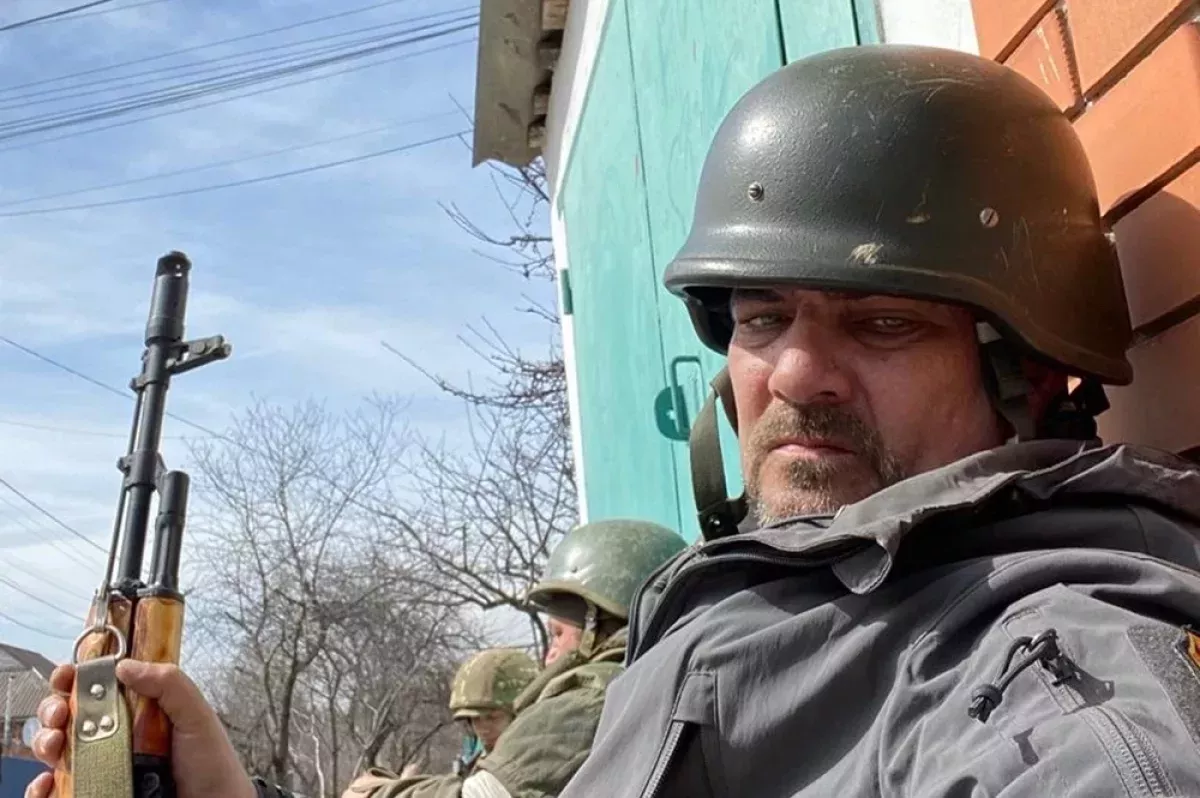
Recently, war correspondent Dmitry Steshin nearly went blind after showering with water contaminated by amoebas in Donetsk. While this does not justify the destruction of water infrastructure, it underscores the real state of Russian operations.
Early on, Russian commentators defended the strategy of “grinding down” Ukrainian forces, claiming it reduced NATO intervention risk. Today, it is clear that this was a propaganda myth masking the inability to conduct dynamic operations.
Ukraine is no better off. After early successful counteroffensives in the north, initiative has largely been lost. Only last year did Ukrainian forces manage to enter Kursk Oblast. Even this limited advance was difficult for Russia to handle, requiring the deployment of North Korean units. Full control was never regained, and strikes on border areas continue, with civilian casualties.
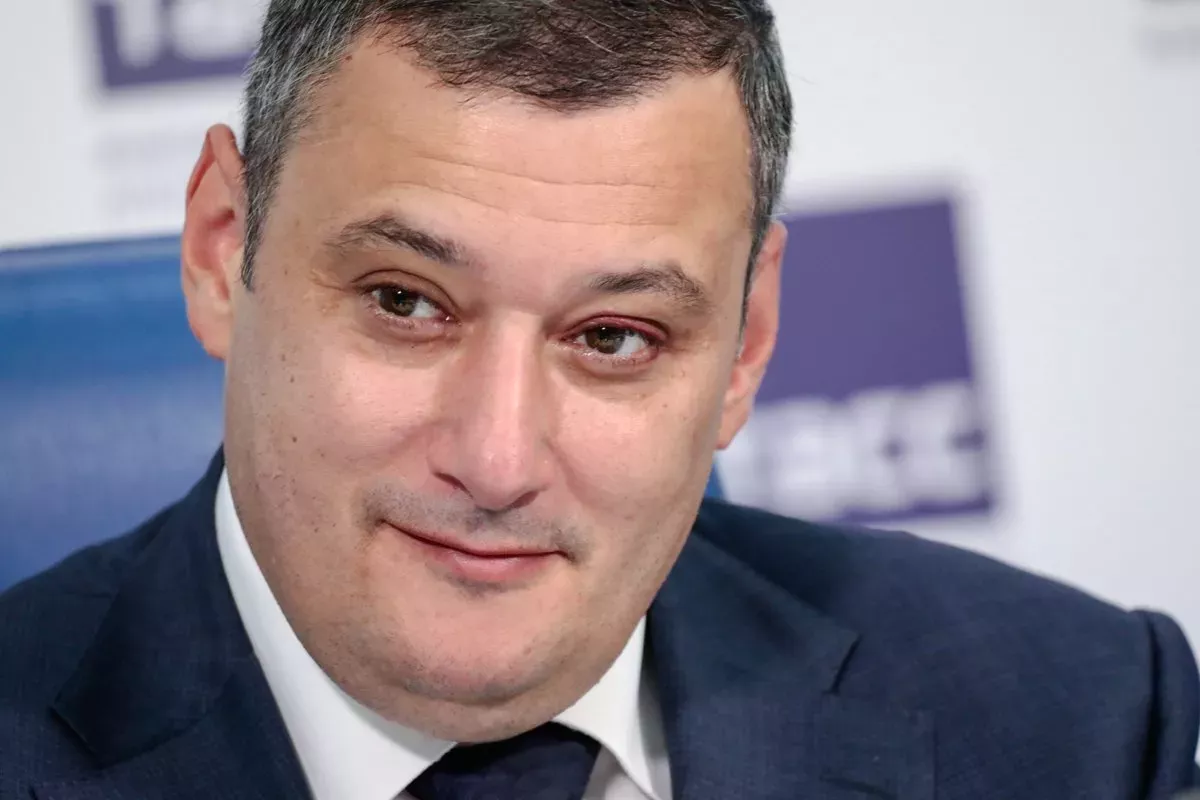
Acting Governor of Kursk Oblast, Alexander Khinshtein, recently warned: “I appeal to all residents of Kursk: please do not return to the border regions!” These were not the words of a Ukrainian nationalist but of a United Russia deputy, widely reported in Moscow media.
Kyiv struggled to execute the Kursk operation and is unlikely to repeat it soon. For the third year, both Russia and Ukraine are fighting “at half strength,” stuck in a strategic deadlock. Consequently, Kyiv is entirely dependent on increasingly costly Western aid, while Moscow has no realistic path to victory.
A war without a political program is futile
Both governments hesitate to take radical action for political reasons. Neither has a domestic mandate for bolder steps.
People vote with their feet. Partial mobilisation in Russia caused crowds of draft dodgers at Verkhny Lars. The Kremlin abandoned the experiment and sent Prigozhin’s Wagner PMC to recruit prisoners. When they ran out, money was used: in summer 2022, joining the Russian military paid 675,000 rubles; by summer 2024, one million; today, 2.5 million—a huge sum even in central Russia. This answers the question: Do Russians want to fight?
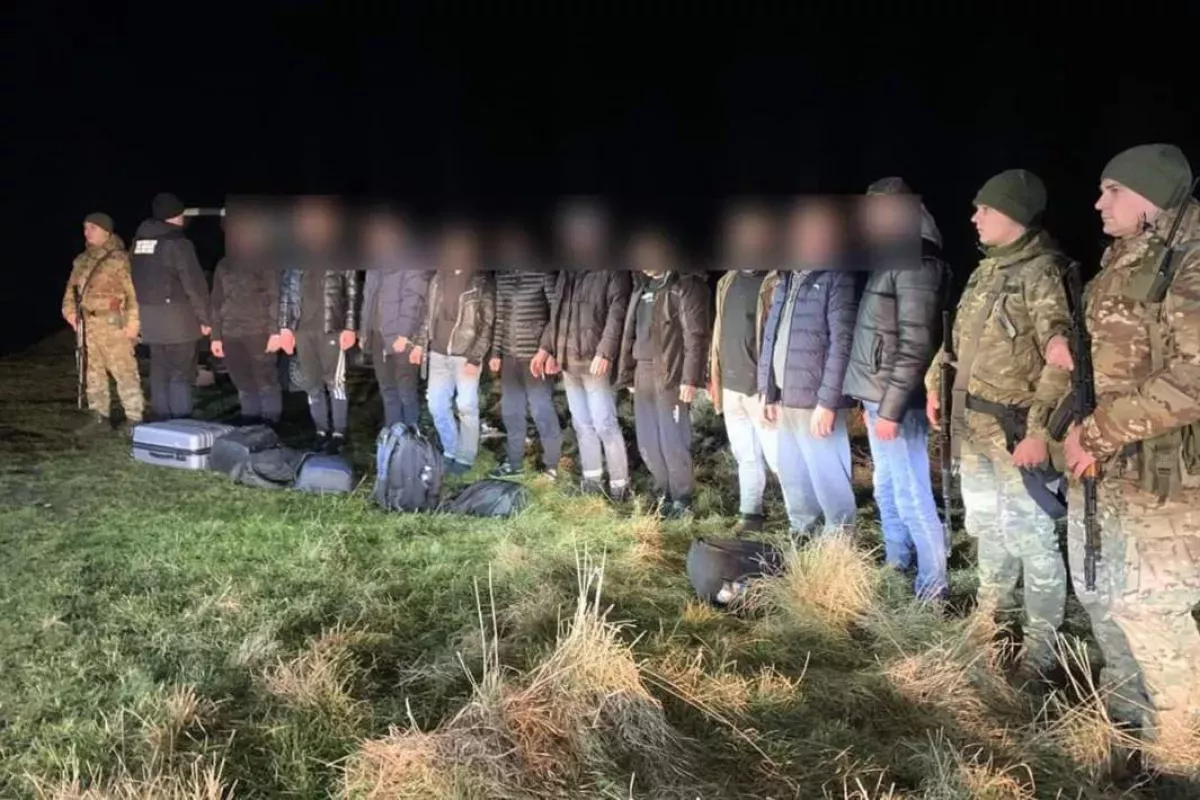
Ukrainian authorities also hesitate to enact full mobilisation for 18-year-olds. This has led to absurd scenes of abductions and mass border crossings. In seven months alone, nearly a thousand draft-age men attempting to enter Belarus were detained, despite minefields. Citizens understand that the government relies not on domestic forces, but on Western support and NATO membership.
Neither side has a coherent program for populations “behind the front lines.” Until 2022, Moscow and Kyiv made limited attempts to engage each other’s opposition. Now there is a complete vacuum.
Internationally, both sides’ foreign policy is minimal. Russia struggles even with countries opposing the West; Ukraine works only with EU and NATO allies.
The West, for its part, is not aiming to “crush” Russia. Between the Kremlin and non-liberal EU parties or the current U.S. administration, there are no fundamental ideological conflicts.
Russia’s elite is dominated by figures from the pro-Western Yeltsin era. Their disagreements with the West are mainly disputes with the Euro-liberal establishment and the defeated U.S. Democratic Party. This explains the limited scale of the war: the Kremlin is not pursuing radical confrontation.
Ukraine can still win
Ultimately, the Russia-West conflict is a struggle over spheres of influence, which may end in division. With liberal projects in Europe receding, such an outcome is even more likely than before.
For Ukrainians who trusted Western promises, this is bad news: such a resolution does not guarantee sovereignty.
Ukraine’s only viable path is the “Azerbaijani way”: prioritising national interests, while EU and NATO membership should be treated as tools, adaptable to circumstances. Since the early 2010s, Ukrainian policy has been the opposite.
Azerbaijan offers a model: it proposed reintegration options for residents of occupied Karabakh eligible to regain citizenship. Despite the 1990s’ weakness, Armenia’s aggression, and pressure from Russia, Iran, and the West, Azerbaijan restored territorial integrity.
Ukraine has not lost everything—if goals are correctly set and the strategy becomes Ukraine-centric.
Continuing the current course guarantees only prolonged deadlock and more years of slaughter—the same period during which Ukraine’s allies can still supply weapons.








